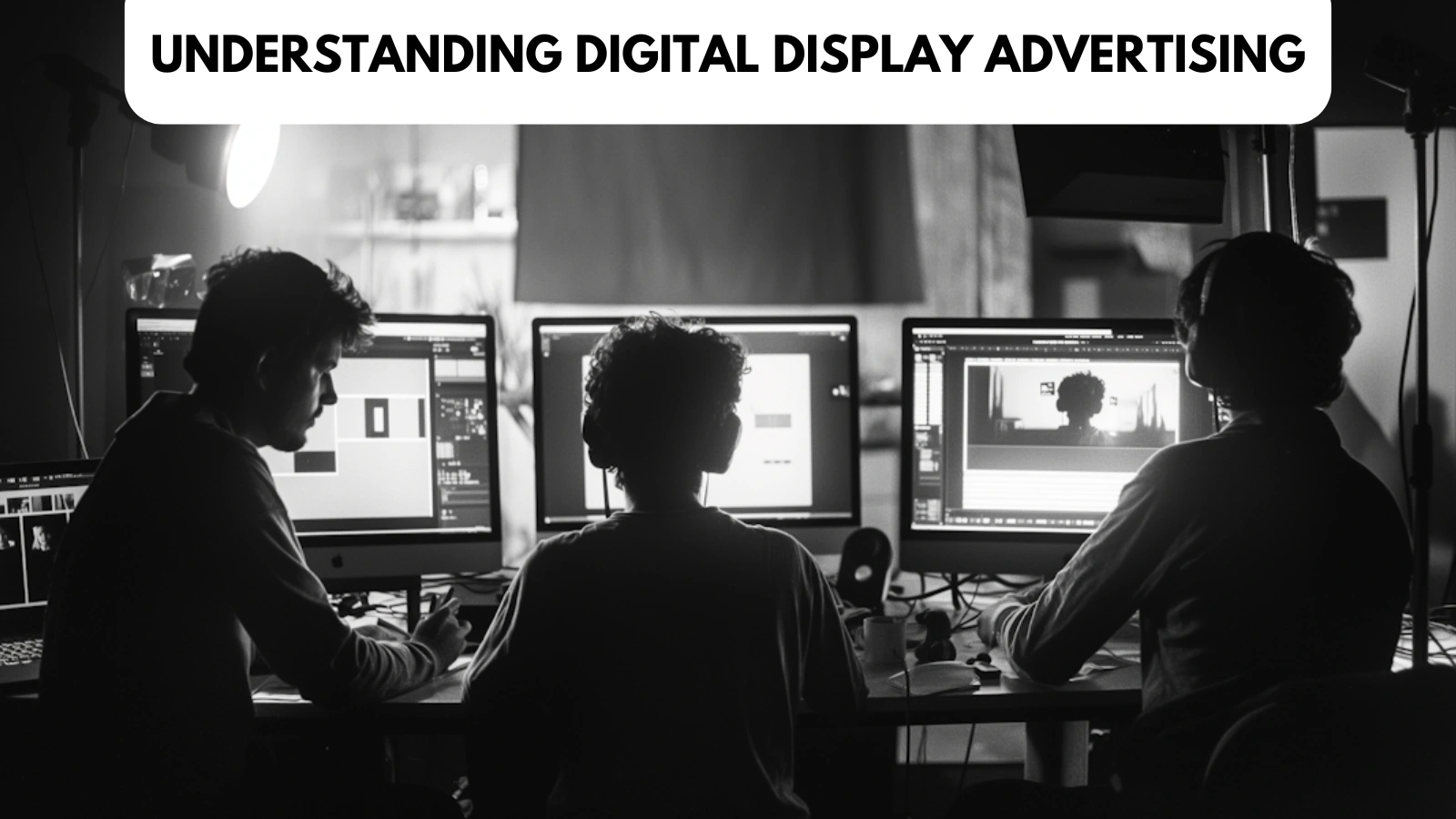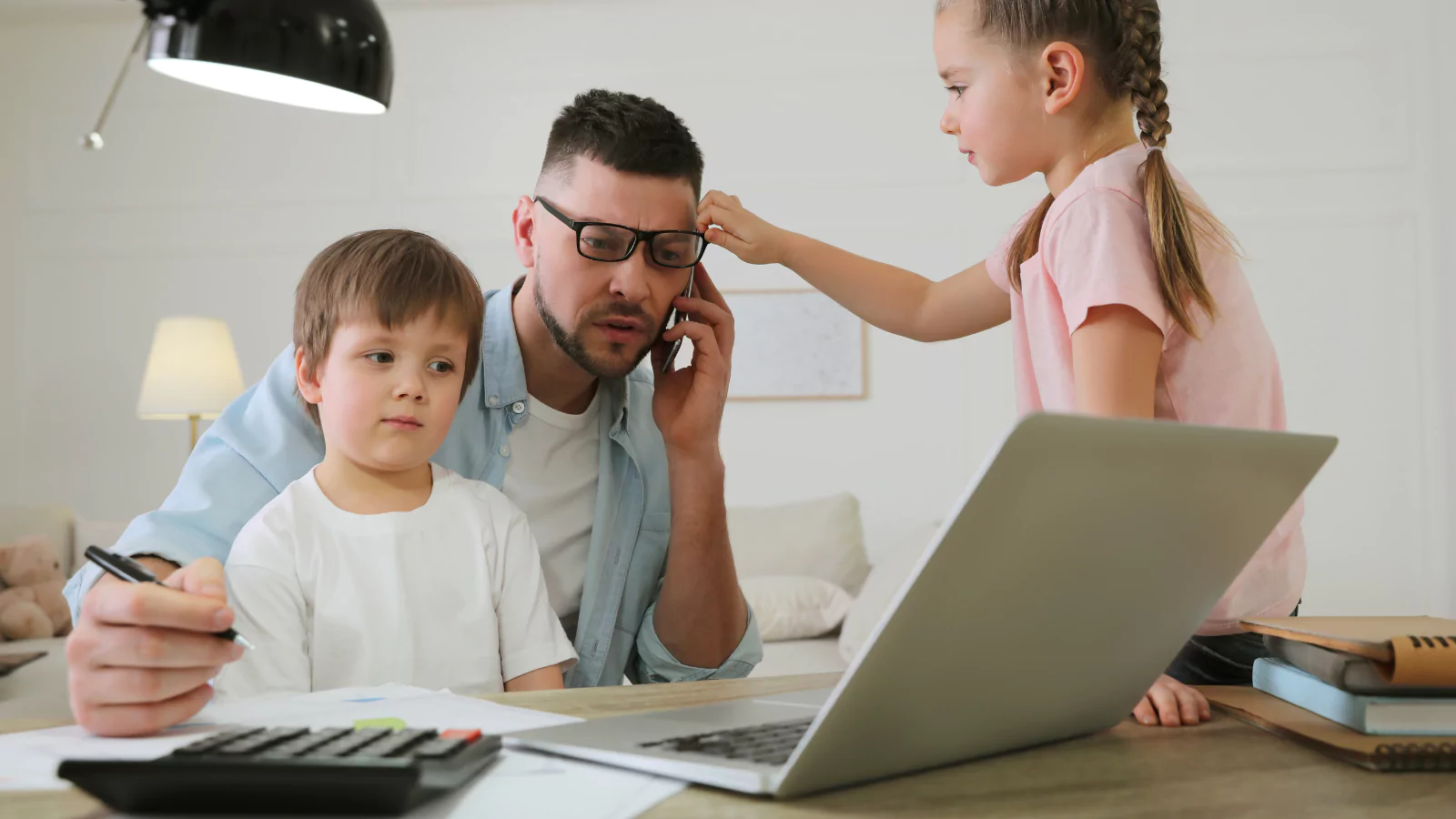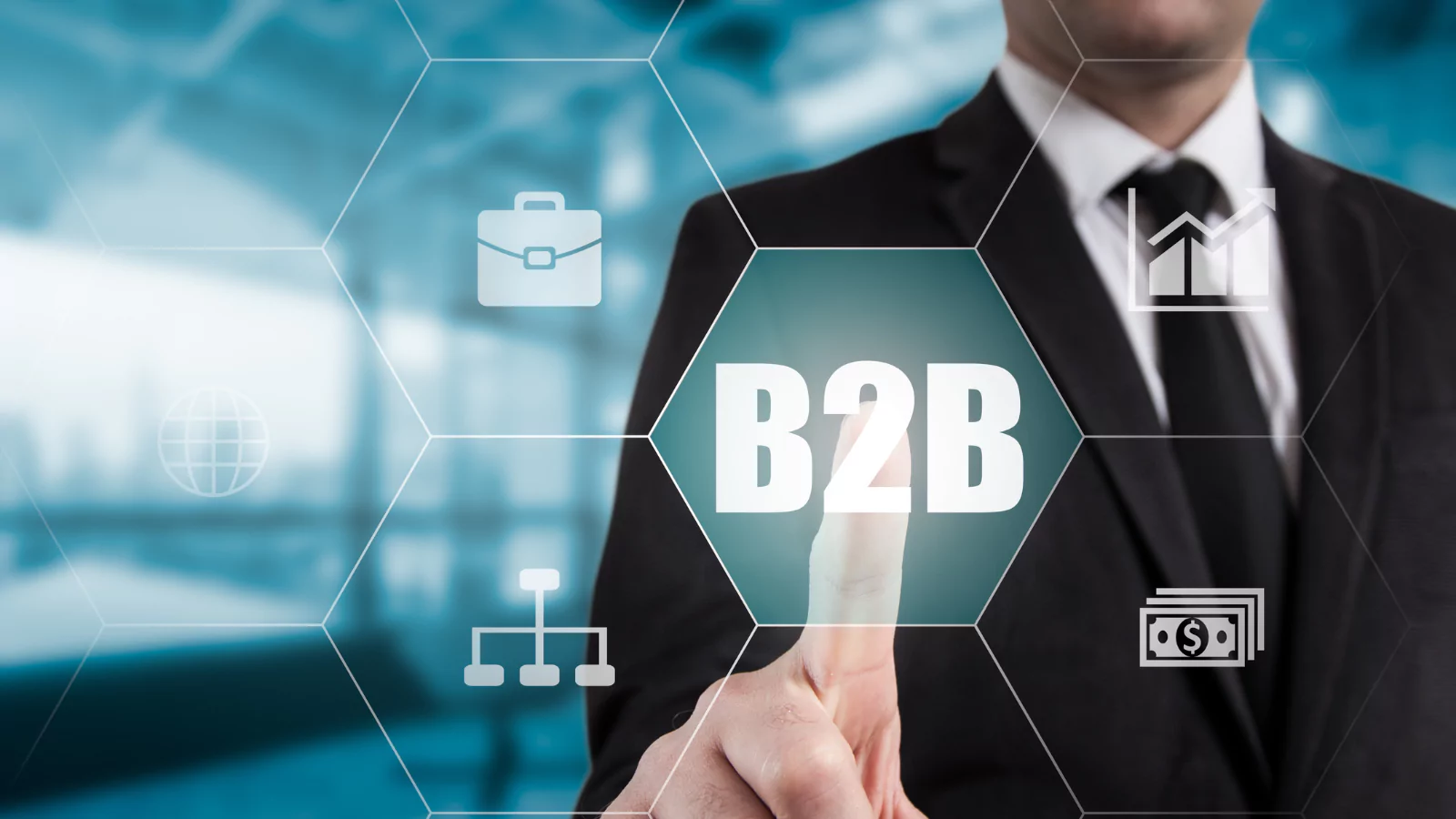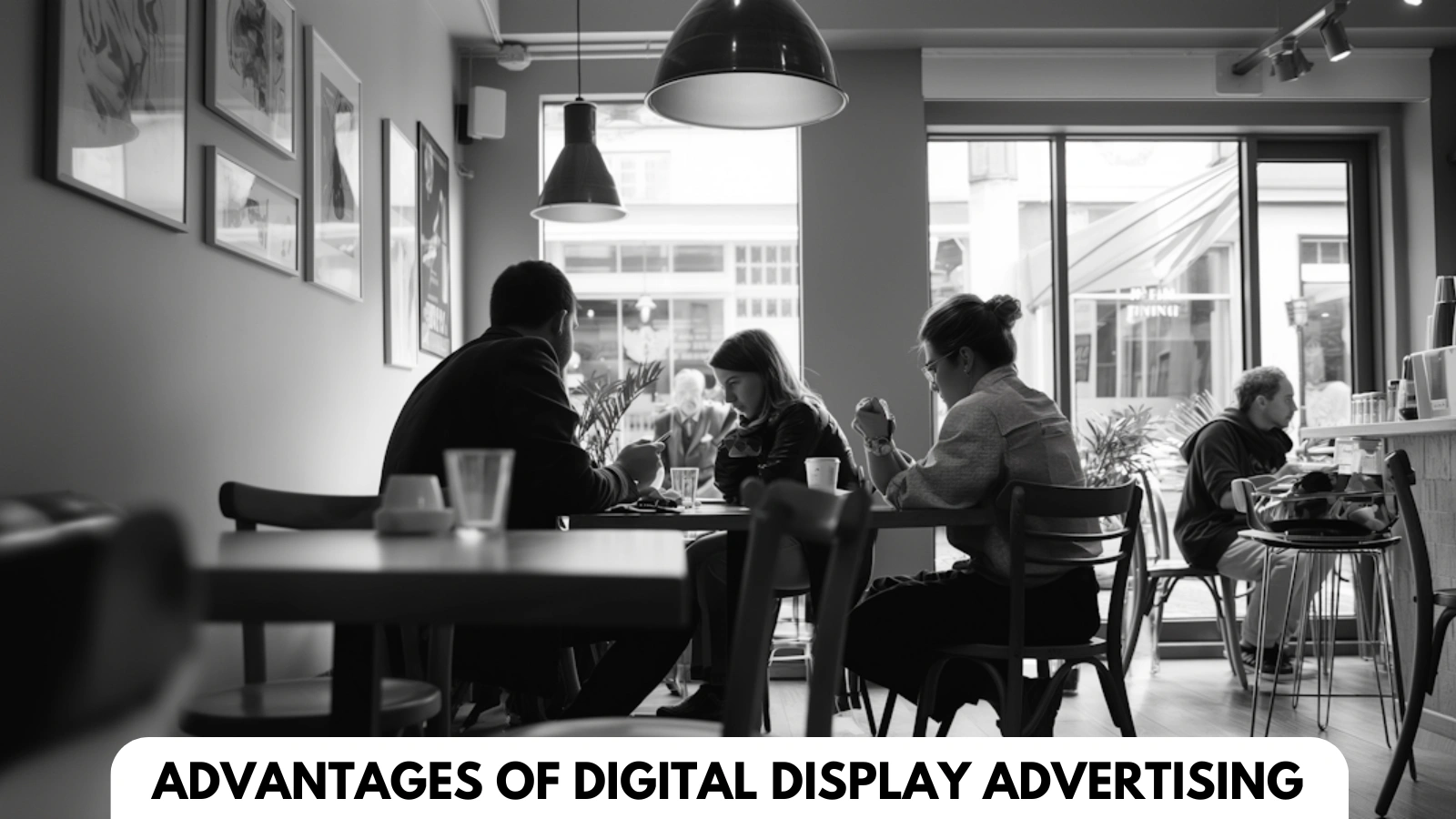Digital Display Advertising: Mastering The Art Of Visual Marketing
Think about the last time an ad caught your eye, not because it interrupted you, but because it felt almost tailor-made for you. That’s the magic of digital display advertising. It does not just exist in the background; it weaves into the user’s journey, blending creativity with precision. Unlike outdated marketing methods that cast a wide net and hope for the best, digital display advertising harnesses smart algorithms, audience behavior, and real-time data to deliver ads that do not just appear—they resonate. In an age of fleeting attention, this strategy ensures brands make a lasting impression without feeling intrusive.
The rise of advertising digital display ads has transformed how brands connect with potential customers. With the help of advanced ad intelligence software, businesses can analyze competitor strategies, identify successful ad formats, and refine their marketing efforts. Whether you are using display banner ads for awareness or retargeting campaigns to re-engage lost prospects, understanding the intricacies of digital advertising display is key to staying ahead in the industry.
Hit ‘Play’ Button & Tune Into The Blog!
What Is Digital Display Advertising?
Digital display advertising is a form of online marketing that uses visually appealing ads to promote a brand across websites, mobile apps, and social media platforms. Unlike text-based search ads, display ads rely on graphics, animations, and videos to attract users’ attention. These ads are typically served through advertising networks, where businesses bid for placements that align with their audience targeting.
One of the best advantages of digital advertising display is its ability to create strong brand recall. Users repeatedly exposed to display banner ads are to recognize and engage with a brand. Moreover, advertising digital displays allows businesses to retarget previous visitors, encouraging them to take action, such as completing a purchase or signing up for a service.
How Digital Display Advertising Works?
The process of digital display advertising involves several key steps to ensure that ads reach the right audience at the right time. These steps include:
Ad Networks: Digital display ads are placed through ad networks like Google Display Network or social media platforms. These networks act as a middleman between advertisers and websites that show ads.
Targeting: When you create a display ad, you choose who sees it. This targeting is based on things like:
- Demographics (age, gender, location)
- Interests (what people browse online)
- Behavior (e.g., people who visited your website before)
Ad Auction: When someone visits a website, the ad network runs an auction. Advertisers bid for the spot on the webpage. The highest bidder wins, and their ad is shown.
Ad Placement: Once the auction is over, your ad gets displayed in the spot on the page. It could be a banner on top of the website, a video in the middle of the page, or even an ad that pops up.
Impressions and Clicks: The ad is seen by people (called impressions). If they click on it, they are taken to your website or landing page, which is where conversions (like purchases) can happen.
Performance Tracking: After the ad runs, you can see how well it performed—how many people saw it, how many clicked, and if it led to sales or sign-ups. It helps improve future ads.
So, digital display advertising works by showing your ad to the right people at the right time, using bidding to place it on websites, and tracking its effectiveness so you can improve it.
Types Of Digital Display Advertising
Digital display advertising offers various ad formats to engage audiences online. From banner ads to interactive and video-based ads, these types capture attention and drive conversions.
Banner Ads
Display banner ads are the most commonly used format in digital display advertising. They appear on high-traffic websites and come in various sizes and designs to match different placements. For example, leaderboard ads (728×90 pixels) are placed at the top of a webpage, while skyscraper ads (160×600 pixels)a on the sides.
Video Display Ads
Video-based display ads offer a high level of engagement. These ads are commonly seen on YouTube, social media, and streaming platforms, making them a powerful tool for storytelling. For instance, skippable in-stream ads on YouTube allow users to skip after five seconds, while bumper ads are short, non-skippable videos of six seconds or less.
Interactive & Rich Media Ads
Interactive digital advertising display ads incorporate animations, hover effects, and clickable buttons. These features encourage user engagement and increase conversion rates. A good example is expandable ads, which start as small banners and expand when with them, providing more detailed content.
Programmatic Display Ads
These ads use automated software rather than traditional manual negotiations. For instance, a company targeting young professionals may use AI-powered programmatic ads to automatically place content on websites frequently visited by this demographic.
Retargeting Display Ads
Retargeting ads appear to users who have previously visited a website but did not complete a purchase or action. For example, an e-commerce site may use digital display advertising to show customized ads to visitors who abandoned their shopping carts, encouraging them to return and complete their purchases.
Digital display advertising offers various ad formats to engage audiences online. From banner ads to interactive and video-based ads, these types capture attention and drive conversions.
The Right Display Ad Format: Examples, Pros & Cons
Once you’ve defined your audience, the next critical step in digital display advertising is selecting the right ad format. Each format has its own strengths depending on the message, device, and placement. Let’s break down the most popular types:
1. Static Banner Ads
What it is: A fixed image ad (often JPEG or PNG) with minimal animation
Pros:
-
Quick to produce
-
Low file size = faster load times
-
Works well for simple messages and brand recall
Cons:
-
Easy to overlook
-
Not very engaging
Best for:
-
Retargeting
-
Awareness campaigns
-
Mobile or low-bandwidth environments
Static banners are often the first step into digital display advertising because of their ease of use and wide acceptance across ad networks.
2. Animated GIFs
What it is: Looping frame-by-frame animations
Pros:
-
Adds motion to catch attention
-
Simple alternative to video
Cons:
-
No sound or advanced interactivity
-
Can feel repetitive
Best for:
-
Showcasing product features
-
Highlighting multiple offers in one ad
In digital display advertising, GIFs are a flexible option when you want to breathe some life into static content without full video production.
3. HTML5 Ads (Interactive)
What it is: Fully interactive ads using HTML, CSS, and JavaScript
Pros:
-
Highly engaging (click-to-expand, quizzes, sliders)
-
Responsive across devices
Cons:
-
Requires more time and dev resources
-
Can be heavier on load times
Best for:
-
Engagement-based campaigns
-
Complex product demos or gamified CTAs
HTML5 has become a standard in digital display advertising due to its ability to deliver mobile-responsive, rich-media experiences across screens.
4. Video Ads (Display, not YouTube)
What it is: Auto-playing or click-to-play videos embedded in display slots
Pros:
-
Storytelling potential
-
High engagement and retention
Cons:
-
Expensive to produce
-
Not always skippable or user-friendly
Best for:
-
Brand storytelling
-
Product explainers
-
Awareness in high-traffic placements
Video display formats in digital display advertising work best for brands looking to emotionally connect and educate audiences quickly.
5. Responsive Display Ads
What it is: Google automatically adjusts size, format, and creative based on available space and user behavior
Pros:
-
Highly adaptable
-
Saves time creating multiple versions
Cons:
-
Less control over appearance
-
Creative may look inconsistent across placements
Best for:
-
Broad reach campaigns
-
Small teams without design resources
Responsive formats simplify digital display advertising for advertisers juggling multiple devices, creatives, and audiences—without losing reach.
Tailoring Display Ads by Audience: Why One Size Doesn’t Fit All
Effective display advertising doesn’t just rely on format—it relies on understanding who you’re speaking to. A banner ad that works for a college student might not land the same way with a B2B decision-maker. That’s where audience segmentation plays a central role in both strategy and creative execution.
Digital display advertising becomes more powerful when tailored to specific personas rather than assuming a one-size-fits-all approach. Let’s take a look at a few simplified personas to understand how display ads should adapt to each:
Persona 1: The Trend-Seeking Gen Z Shopper
-
Age: 18–24
-
Behavior: Mobile-first, constantly browsing short-form content, loyal to social-first brands
-
Display Strategy:
-
Use bright, playful visuals
-
Prioritize video formats or GIFs
-
Include social proof (like reviews or influencer badges)
-
Placement: Lifestyle blogs, mobile apps, Instagram Stories
-
Persona 2: The Time-Strapped Working Parent
-
Age: 30–45
-
Behavior: Multitasks across devices, skims content, looks for practical solutions
-
Display Strategy:
-
Clean, uncluttered design
-
Strong benefit-driven headlines
-
Use retargeting with reminders/offers
-
Placement: News sites, productivity apps, YouTube pre-roll
-
At this point, it’s clear that digital display advertising must be aligned with the user’s mindset and media habits—because the same approach won’t resonate with every audience.
Persona 3: The B2B SaaS Buyer
-
Age: 35–50
-
Behavior: Research-focused, values authority and proof, slow decision-maker
-
Display Strategy:
-
Use thought-leadership visuals (whitepapers, charts, stats)
-
Focus on trust-building language
-
Offer gated content or demos
-
Placement: Industry-specific websites, LinkedIn, B2B newsletters
-
Why It Matters
These personas may browse the same website, but the way they process ads differs drastically. Without tailoring your creative and targeting, even the best ad format can fall flat. Digital display advertising becomes most effective when the message meets the moment and the mindset of your audience.
Also Read
The Complete Guide to Creating Great-Looking Facebook Ads
Master Google Discovery Ads with These 6 Simple Steps
Benefits Of Digital Display Advertising
One of the biggest advantages of Display Ad Examples in digital display advertising is its ability to target specific audiences with precision. Marketers can refine their ad placements based on user demographics, interests, and past behavior, increasing the likelihood of engagement. Additionally, advertising digital display is fully measurable, allowing brands to track their return on investment (ROI) through real-time analytics.
Digital advertising display also allows remarketing campaigns, providing that users who have previously visited a website are reminded of a product or service. With the use of ads spy tools, businesses can monitor competitor campaigns and refine their strategies accordingly. Ad intelligence software plays a crucial role in identifying top-performing ads, improving campaign performance, and maximizing ad spend.
Tips For Effective Display Ads
To create effective digital display advertising campaigns, marketers should follow these key best practices:
- Design Eye-Catching Ads: First impressions are crucial. Use high-quality images, bright colors, and clear, compelling messages to grab attention and stand out.
- Utilize Ad Intelligence Software: By monitoring competitors with ad spy tools, marketers can gain insights into which strategies work well, helping them fine-tune their campaigns.
- Optimize for Mobile: As many users access the web on mobile devices, ensure that display ads are mobile-friendly. Ads should adapt to different screen sizes for a seamless experience.
- Conduct A/B Testing: Testing multiple versions of ads allows marketers to find the most effective combinations of visuals, copy, and calls to action to maximize results.
- Implement Audience Targeting: Use data-driven insights to segment your audience and deliver tailored ads to the most relevant users, increasing the chances of engagement and conversion.
By following these best practices, marketers can create more effective digital display advertising campaigns that capture attention, engage the right audience, and drive better results. Even though you might be doing everything right, if you are still lacking ideas for more display ad creatives, then relying on ad spy tools would be a great choice. PowerAdSpy is such an amazing tool that would help you monitor competitors’ best campaigns. So that you can replicate their strategies and monitor the latest trends to create more converting display ad campaigns.
How PowerAdSpy Helps In Display Advertising?
PowerAdSpy is a powerful tool that allows marketers to explore real-time ad trends across multiple platforms, including Facebook, Instagram, YouTube, Google, and native ad networks. With advanced filtering options, users can search ads based on keywords, ad types, engagement metrics, and audience targeting, making it easier to discover high-performing strategies.
With PowerAdSpy, businesses can streamline their digital display advertising efforts by testing creative variations, improving ad placements, and maximizing conversions. Whether you’re a small business or a large enterprise, this tool provides the competitive intelligence needed to stay ahead in the ever-evolving world of online advertising.
Key Features of PowerAdSpy
PowerAdSpy has powerful features that help marketers refine their digital display advertising strategies. Below are some standout features that make it an essential tool for businesses looking to gain a competitive edge:
Extensive Ad Database
PowerAdSpy provides access to a massive library of ads from multiple platforms, including Facebook, Instagram, YouTube, Google, and native ad networks. With ads collected from over 100 countries, marketers can analyze global advertising trends, uncover high-performing display banner ads, and adapt their strategies to match industry leaders.
Advanced Search & Filtering Options
One of the most valuable features of PowerAdSpy is its robust filtering system. Users can search ads by keywords, ad type, call-to-action, engagement levels, and audience targeting. It allows businesses to quickly find the most relevant and high-converting advertising digital display campaigns, saving time and effort researching competitors.
Competitor Ad Tracking & Analysis
With PowerAdSpy, businesses can monitor competitors’ ad campaigns in real-time. The tool provides insights into ad engagement, audience demographics, and placement strategies, helping marketers understand which creatives and formats generate the best results. By analyzing this data, brands can fine-tune their digital display advertising campaigns for maximum ROI.
Performance Analytics & Insights
PowerAdSpy offers detailed analytics on ad performance, allowing users to evaluate the effectiveness of different creatives. Metrics such as likes, shares, comments, and overall engagement help marketers determine which ads drive the most interaction. Data optimize display ads, improve ad targeting, and enhance conversion rates.
Future Of Digital Display Advertising
The future of digital display advertising is evolving with advancements in artificial intelligence, automation, and changing privacy regulations. AI-driven tools help marketers analyze data, improving ad placements and audience targeting. Instead of broad outreach, brands can connect with users more likely to engage, leading to better results.
With third-party cookies phasing out, businesses must rely on first-party data collected directly from customers. Contextual targeting is gaining importance, allowing ads to align with webpage content rather than tracking users. It provides relevance while respecting privacy.
Programmatic advertising simplifies ad-buying through real-time bidding (RTB), automating ad placements based on audience behavior. It eliminates the need for manual selection and improves efficiency.
New formats like interactive media and immersive experiences digital display advertising more engaging. Augmented reality (AR) ads let users interact with products before purchasing, enhancing their shopping experience.
Adapting to these trends and using innovative strategies will help businesses stay ahead. The key is leveraging technology while keeping advertising relevant and user-friendly.
Conclusion
Digital display advertising has revolutionized brands’ connection with their audiences, blending creativity with data-driven precision to deliver ads that resonate rather than interrupt. By leveraging visually compelling formats like banner ads, video ads, and interactive media, businesses can create memorable brand experiences that drive engagement and conversions. The integration of advanced tools like ad intelligence software and ad spy tools, PowerAdSpy, has further empowered marketers to refine their strategies, analyze competitors, and optimize campaigns for maximum impact.
As the digital landscape continues to evolve, the future of digital display advertising lies in embracing emerging technologies like AI, programmatic advertising, and immersive media. These innovations will enable even more personalized and engaging ad experiences, while the shift toward first-party data and contextual targeting will ensure compliance with evolving privacy regulations. For brands looking to stay ahead, mastering the art of digital display advertising is no longer optional—it is essential. By staying adaptable, creative, and data-savvy, businesses can harness the full potential of this dynamic marketing channel to build lasting connections with their audiences and drive sustainable growth.
FAQ
What is the difference between digital display advertising and social media advertising?
Digital display advertising focuses on placing visually appealing ads (banners, videos, etc.) across websites, apps, and ad networks, and social media advertising to platforms like Facebook, Instagram, and LinkedIn. Display ads often rely on programmatic buying and broader audience targeting, whereas social media ads leverage platform-specific user data for highly personalized campaigns.
What are the key metrics to measure the success of a digital display advertising campaign?
Key metrics include click-through rate (CTR), conversion rate, cost per click (CPC), cost per acquisition (CPA), viewability rate, and return on ad spend (ROAS). These metrics help evaluate engagement, effectiveness, and ROI.
Can small businesses benefit from digital display advertising, or is it only for large brands?
Small businesses can benefit from digital display advertising. With precise audience targeting, affordable programmatic bidding, and tools like ad spy software, even smaller budgets can yield impactful results.
What are the best practices for creating mobile-optimized display ads?
Mobile-optimized ads should have responsive designs, fast loading times, clear calls-to-action (CTAs), and minimal text. Testing ads on various devices and screen sizes is crucial to ensure a seamless user experience.
What role does storytelling play in digital display advertising?
Storytelling helps brands connect emotionally with their audience. Through video ads, interactive media, or sequential ad campaigns, storytelling can make ads more memorable and impactful.















